
This is why you should never leave a water bottle in your car.

Leaving Bottled Water in the Car Can Be Dangerous
Leaving a bottle of water in the car is a common habit among many drivers. However, in reality, bottled water can pose a fire hazard if placed in certain spots under hot weather conditions.
During the summer, almost everyone carries a bottle of water to avoid having to walk under the scorching sun just to buy one. For car owners, it’s very common to leave a water bottle inside the vehicle, often on the dashboard or next to the driver’s seat.
In an experiment conducted by Dioni Amuchastegui, an electrical engineer in Idaho (USA), it was shown that a water bottle can refract sunlight and generate heat exceeding 100°C. When placed on a dark surface—such as a car seat—the concentrated heat could ignite a fire and cause a disaster.
In fact, for a bottle of water to start a fire inside a car, several conditions must be met. Yet that doesn’t mean it cannot happen. Amuchastegui himself nearly experienced such an incident, which prompted him to conduct the experiment as a public warning.
If the weather is mild, leaving water in the car is not an issue. But when your vehicle is parked under direct sunlight at noon, it’s a different story. That seemingly harmless bottle of water could literally turn your car into a “fire car.”
The reason is that water bottles, usually spherical in shape and made of transparent plastic, can act like magnifying lenses. When filled with water, they are capable of focusing sunlight into a single point. At midday, the temperature inside a car can reach nearly 60°C. With sunlight passing through the bottle and converging on a spot, the heat can rise even higher, creating a fire hazard.
Many people admit that leaving a bottle of water on the seat is something they often do, without ever imagining the serious consequences. Moreover, some car experts point out another risk: bottles placed on the passenger seat can roll off and get stuck under the brake or accelerator pedals. In emergencies where the driver needs to brake suddenly, a bottle lodged under the brake pedal could be extremely dangerous.
Beyond fire hazards, keeping bottled water in a hot car for extended periods also poses health risks. A previous study revealed that drinking water stored in plastic bottles exposed to high temperatures over long periods can release harmful substances, potentially damaging health.
The study specifically highlighted cases where drivers left water bottles behind the seat for months, then casually drank from them whenever they felt thirsty after getting into the car. This seemingly harmless habit can silently undermine health every day.
Research shows that when outside temperatures range from 80°F (27°C) to 100°F (38°C), the interior of a car without air conditioning can heat up to between 130°F (54°C) and 172°F (77°C). These temperatures are even higher than the “low” setting of a conventional oven.
Another study by the American Academy of Pediatrics found that as time passes, the temperature difference inside cars remains minimal whether the windows are completely closed or slightly open. In both cases, the temperature inside can increase by about 40°C within one hour, even if the outside temperature is only 22°C.
The takeaway: It’s best to break this habit before it’s too late. If you must leave bottled water in the car, at least wrap it carefully and avoid placing it in areas directly exposed to sunlight.
News in the same category


When buying luffa, should you choose dark green or light green ones? Even after years of going to the market, many people still don’t know this

Insert this into a lemon and place it in the corner of your house — mosquitoes will be gone for good

There is a "hidden switch" on the water heater that you can turn on and use for more than 10 years and it will still be durable.
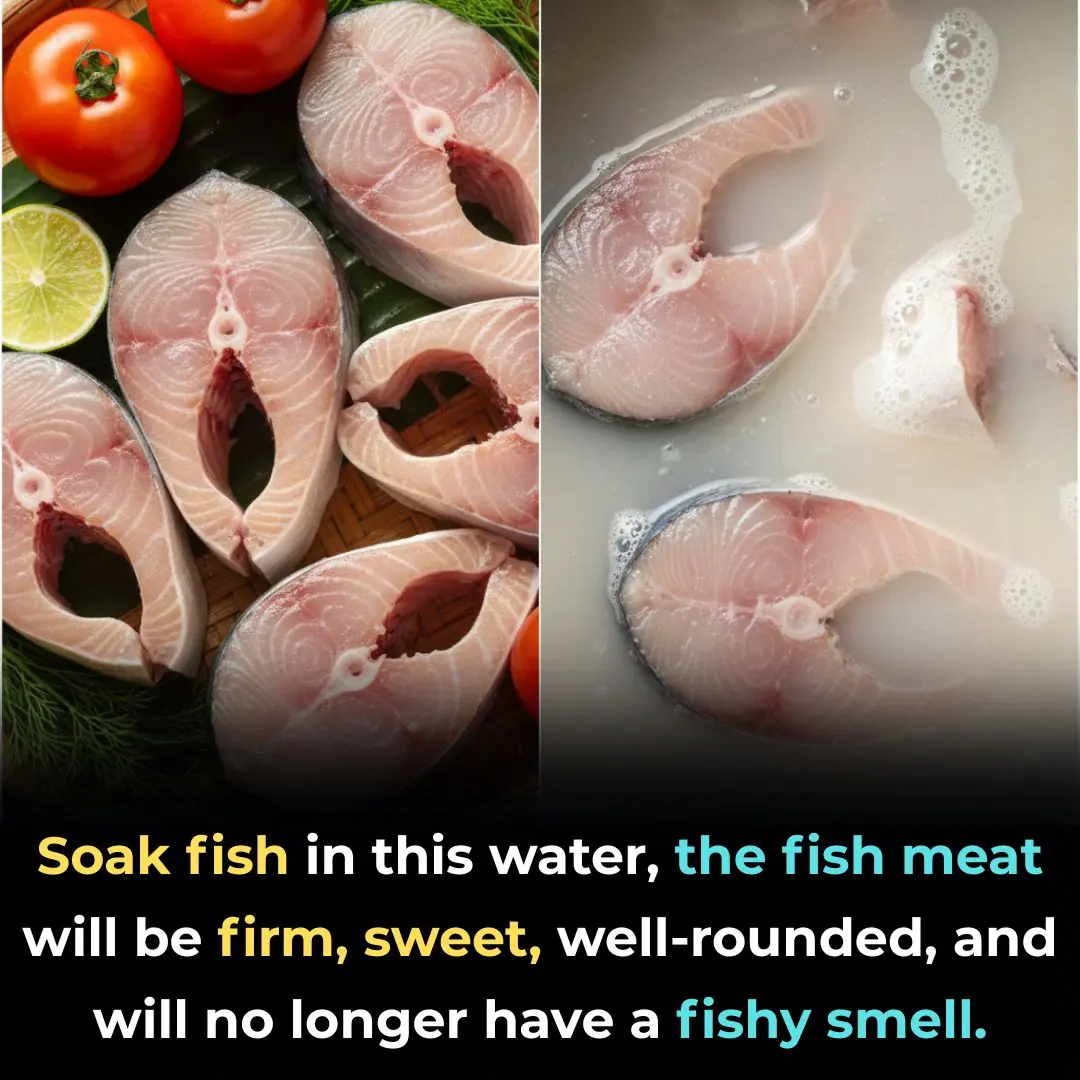
Soak fish in this water, the fish meat will be firm, sweet, well-rounded, and will no longer have a fishy smell

Misunderstandings turn water purifiers into disease hotbeds, get rid of them immediately or your whole family will be harmed

10 foods to help fight fatty liver: Nutritionists recommend eating them every day!

Mix banana peels with this and leave it in the corner of the house. After just 1 night, all the cockroaches will run away

Supermarket staff reveal: 6 things never buy in supermarkets even on big sale
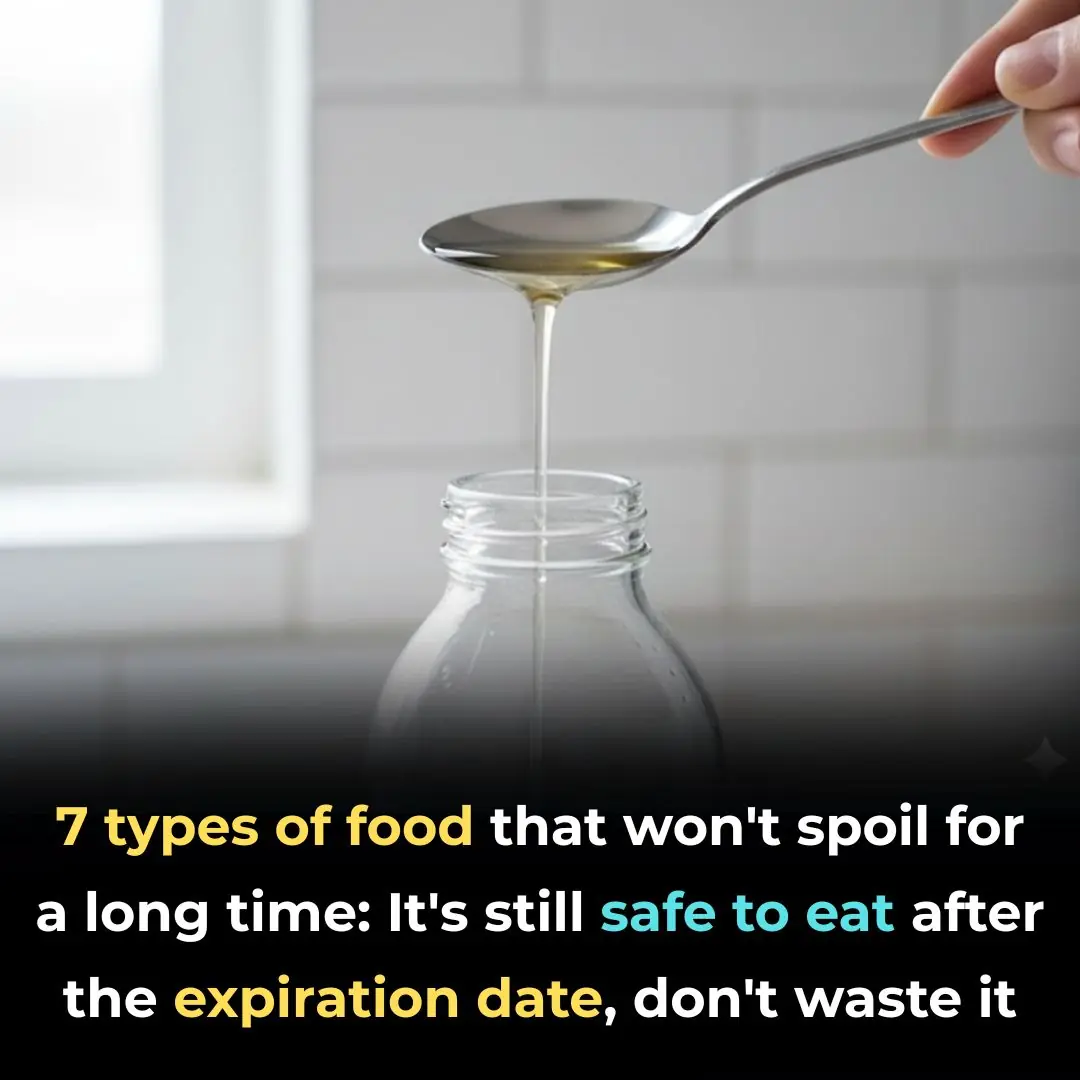
7 types of food that won't spoil for a long time: It's still safe to eat after the expiration date, don't waste it

What is Black Vinegar? Nutritional Value and Benefits of Black Vinegar

9 Foods You Should Eat Regularly to Prevent Memory Loss and Keep Your Brain Sharp as You Age

Is Your Kitchen Sink Often Clogged? Pour This In for Smooth Flow Without Calling a Plumber

Tips for self-defense when encountering ferocious or loose dogs.

Go to the market and see that pork has these 4 characteristics

Cactus and little-known medicinal remedies
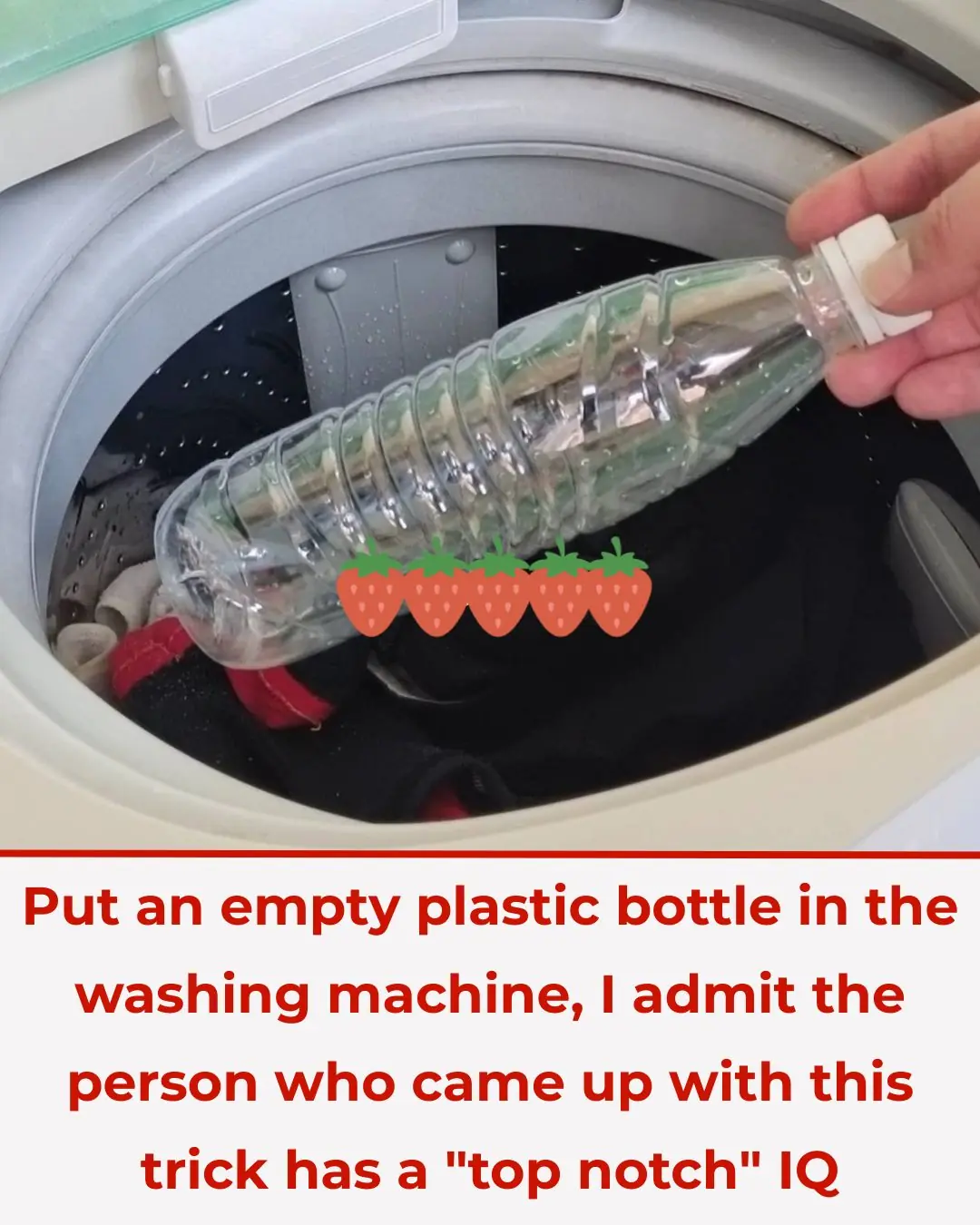
Put an empty plastic bottle in the washing machine, I admit the person who came up with this trick has a "top notch" IQ
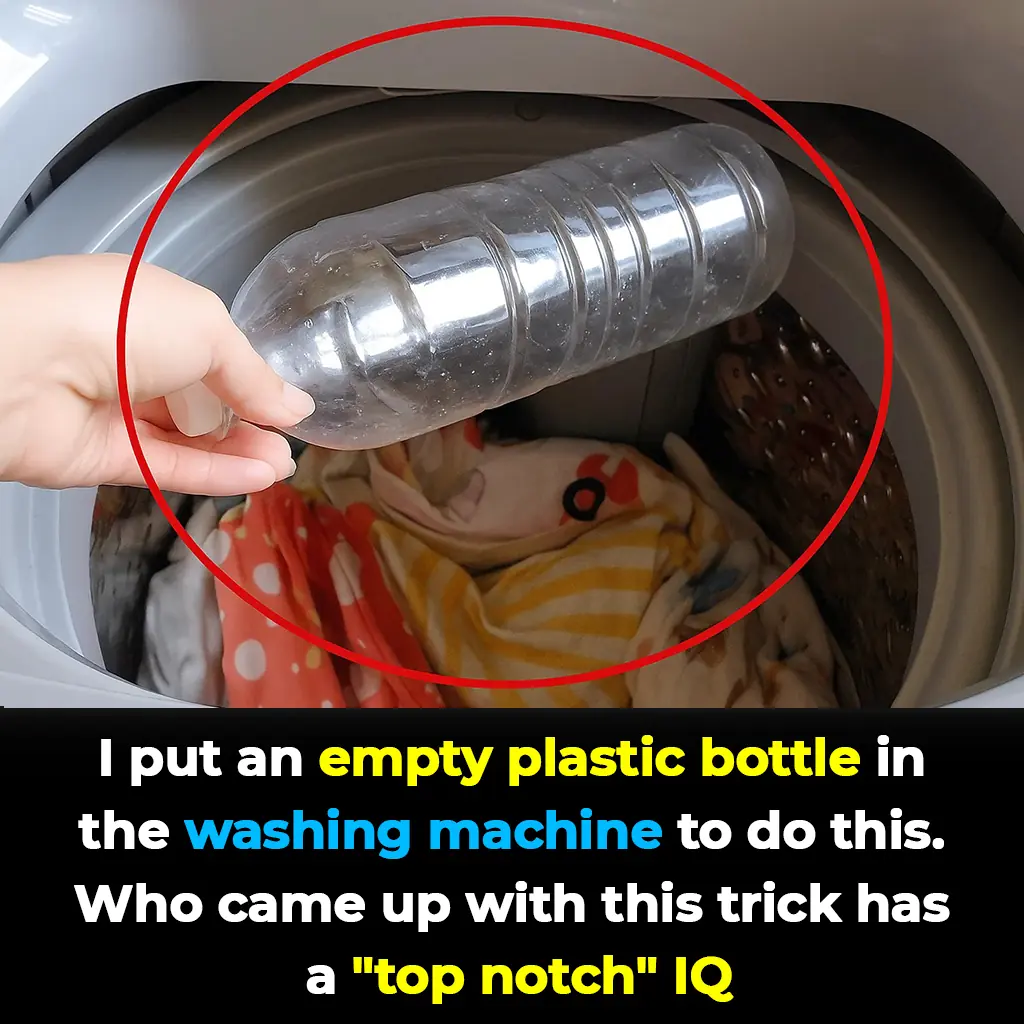
Genius Laundry Hack: Why Putting an Empty Plastic Bottle in Your Washing Machine Can Save Time and Hassle
It may sound strange, but dropping a simple empty plastic bottle into your washing machine could completely change the way you do laundry. This clever trick not only prevents clothes from tangling but also improves the overall cleaning process, making you
News Post

7 Surprising Benefits of Euphorbia Hirta

Purslane: The Superfood That Tastes Better Than Meat – 7 Reasons to Grow It in Your Garden

Breakthrough study shows lithium can ‘reverse’ Alzheimer’s damage even in advanced stages

13 Early Warning Signs of Lupus You Need to Know (And What To Do The Moment You See Them)
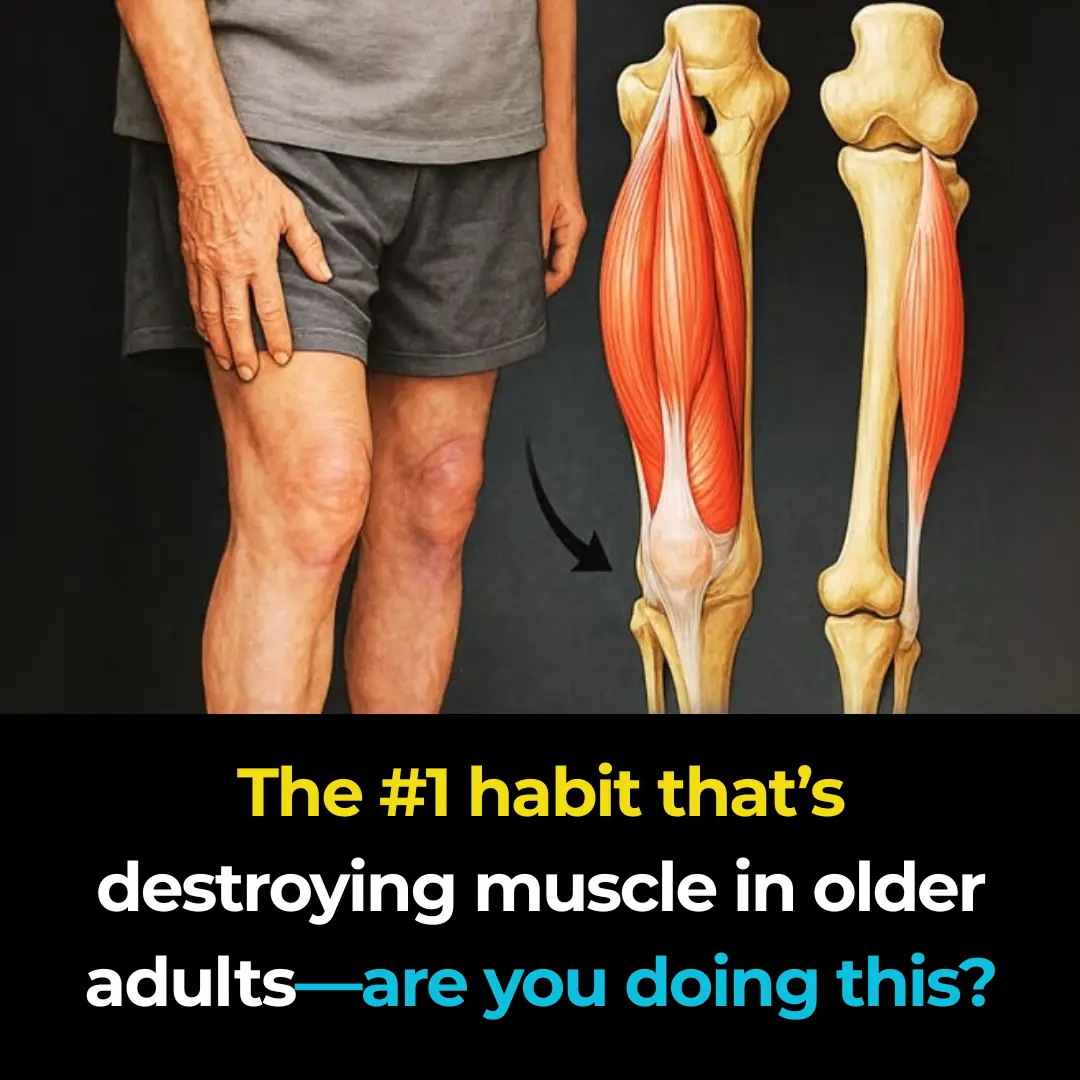
The #1 habit that’s destroying muscle in older a:dults—are you doing this?

2 quick and easy ways to wash yellowed pillow inserts, making them instantly white and fresh like new

When buying luffa, should you choose dark green or light green ones? Even after years of going to the market, many people still don’t know this

Insert this into a lemon and place it in the corner of your house — mosquitoes will be gone for good

Jar of sour star fruit soaked in rock sugar

There is a "hidden switch" on the water heater that you can turn on and use for more than 10 years and it will still be durable.

Soak fish in this water, the fish meat will be firm, sweet, well-rounded, and will no longer have a fishy smell

Misunderstandings turn water purifiers into disease hotbeds, get rid of them immediately or your whole family will be harmed

10 foods to help fight fatty liver: Nutritionists recommend eating them every day!

Mix banana peels with this and leave it in the corner of the house. After just 1 night, all the cockroaches will run away

12 Moringa Seed Benefits You’ll Never Hear from Your Doctor (But You Should Know)

Supermarket staff reveal: 6 things never buy in supermarkets even on big sale

Ditch the Pills: Unlock Chayote’s Secret to Pain-Free, Vibrant Health! 🥗

7 types of food that won't spoil for a long time: It's still safe to eat after the expiration date, don't waste it
